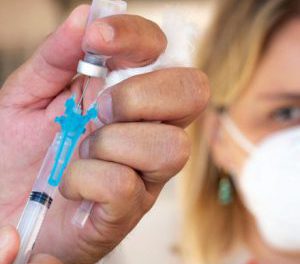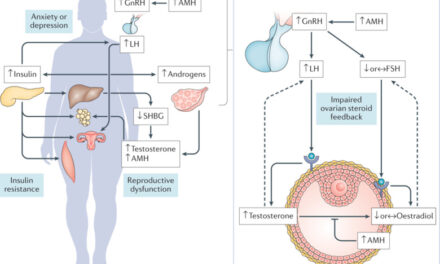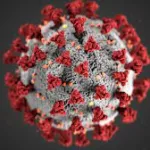Social media platforms such as Instagram and Snapchat, widely used by teenagers for connecting with friends and sharing experiences, may also serve as tools for online predators, according to alarming new research. A study, presented at the American Academy of Pediatrics (AAP) 2024 National Conference & Exhibition, revealed that 7% of over 1,000 teens who disclosed sexual abuse reported that social media facilitated their assault. The figure jumps to 12% when only considering cases where the perpetrator was not related to the victim.
The study, conducted by researchers at the Rady Children’s Hospital Chadwick Center for Children and Families, examined the experiences of adolescents aged 10 to 18 years who had disclosed sexual abuse between 2018 and 2023. According to the researchers, social media facilitated sexual assault occurs when platforms like Instagram and Snapchat are used for communication between a victim and a perpetrator that eventually leads to sexual abuse.
Lead author and child abuse pediatrician Dr. Miguel Cano emphasized the dual nature of social media, highlighting both its benefits and its risks. “Adolescents are increasingly living their lives in digital spaces. Although social media helps in connecting with people and maintaining relationships, there are significant dangers,” he said.
These dangers, outlined in the study, include meeting strangers online, cyberbullying, emotional abuse, exposure to sexual content, and, in the most severe cases, becoming a victim of online-facilitated sexual assault. Instagram and Snapchat were the platforms most frequently reported by victims, but other social media channels were implicated as well.
Dr. Cano stressed the urgent need for parents, pediatricians, and caregivers to be aware of these risks and to actively seek out tools and resources to protect children from potential harm online. He also called for greater regulation and oversight of social media platforms, which currently operate with limited safeguards against predator activity.
This research highlights the necessity for increased awareness and preventative measures in the digital age. Social media, while an integral part of modern adolescence, also requires careful monitoring to prevent it from becoming a dangerous gateway for online predators.
As social media continues to play a larger role in young people’s lives, this study serves as a call to action for policymakers, caregivers, and technology companies to enhance the protective measures available to teens and their families.











